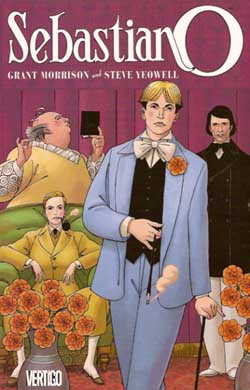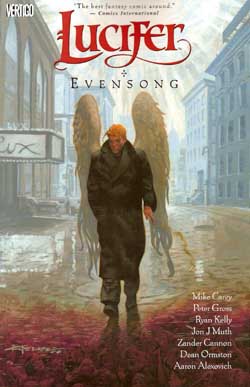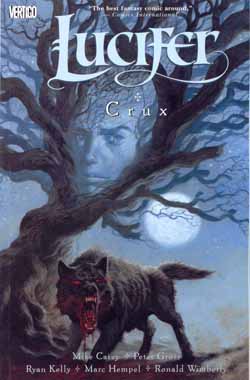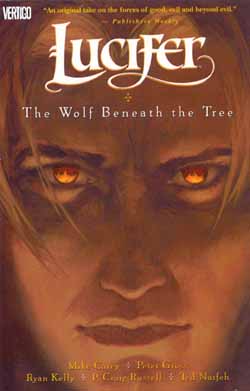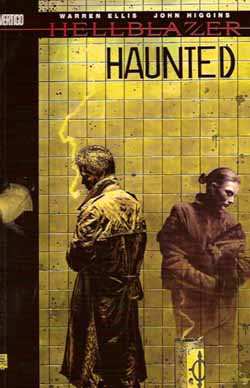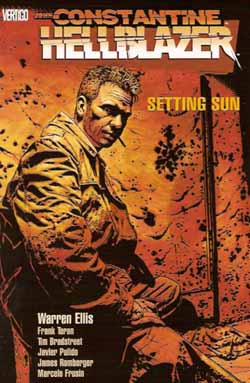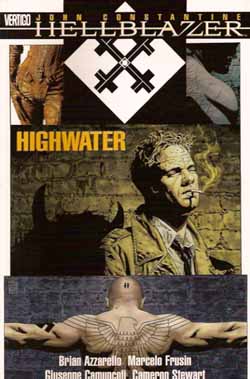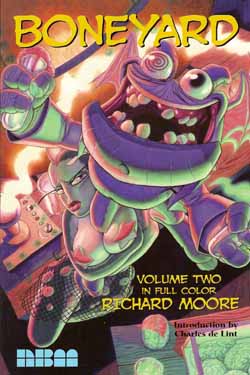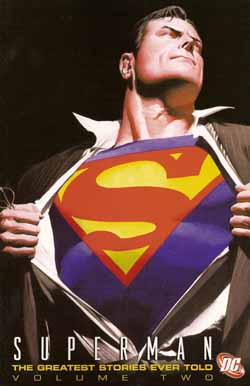 Â
Â
By various
(DC Comics)Â ISBN 1-84576-391-2
Here’s another collection of tales tracing the Man of Steel’s history and development, this time seemingly concentrating on character rather than physical achievement. First off is the much-reprinted, but always glorious, The Mysterious Mr. Mxyztplk (which was later Anglicised to Mxyzptlk, presumably to make it easier to spell) from Superman #30 (1944). Jerry Siegel and artist Ira Yarbrough created a cornerstone of the Superman myth with this screwball other-dimensional pixie, against whom all Superman’s strength and power are useless. From then on brains were going to be as important as brawn as they introduced frustration as the Big Guy’s first real weakness.
By the mid-1950s Superman had settled into an ordered existence. Nothing could really hurt him, nothing would ever change, and thrills seemed in short supply. With the TV show cementing the action, writers increasingly concentrated on supplying wonder instead. Superman’s Other Life by Otto Binder, Wayne Boring and Stan Kaye (Superman #132, 1959) shows what might have happened if Superman had grown up on an unexploded Krypton, courtesy of Batman and the projections of a super-computer.
Superman’s Return to Krypton (Superman #141, 1960) by Siegel, Boring and Kaye shoots successfully for Grand Tragedy as Kal-El is trapped in the past on his doomed home-world. Reconciled to dying there, he finds love with his ideal soul-mate, only to be torn from her side and returned to Earth against his will. This tale was a fan favourite for decades thereafter, and it’s truly deserving of a place in this volume, as is The Team of Luthor and Brainiac (Superman #167, 1964), a kid’s dream of an adventure by Edmond Hamilton (from a Cary Bates plot), Curt Swan and George Klein – possibly the most effective art team ever to work on the Man of Steel.
When Julie Schwartz took over the editorial duties, he decided to shake things up — with spectacular results. Superman Breaks Loose (Superman #233, 1971) by Denny O’Neil, Swan and Murphy Anderson, revitalised the Man of Tomorrow and began a period of superb stories that made him a ‘must-buy’ character all over again.
The Legend from Earth-Prime (Superman #400, 1984) is a clever little pastiche by Elliot S. Maggin and Frank Miller, and The Secret Revealed by John Byrne and Terry Austin comes from the second issue of the remodelled, Post-Crisis, Superman (1987), and reveals just how differently the new Luthor thinks and works. Following that is Life after Death (Adventures of Superman #500, 1993), by Jerry Ordway, Tom Grummett and Doug Hazlewood, the concluding episode of the infamous Death of Superman story-arc.
After a pin-up by Scott McDaniel and Andy Owens the volume concludes, symmetrically, with a recent, and absolutely hilarious, Mxyzptlk tale from Greg Rucka, Matthew Clark and Andy Lanning (Adventures of Superman #638, 2005).
Every generation has its own favourite Superman. This selection has the potential to make a fan reconsider just which one that might be. It’s probably wiser to just love them all.
© 1944, 1959, 1960, 1964, 1971, 1984, 1987, 1993, 2005 DC Comics. All Rights Reserved.

